This blog challenge is to stimulate my own genealogy blogging efforts in 2014 by focussing on a different kind of genealogical record each week. I wanted a challenge that reflected my own archival background as well as my own genealogy interests and there are probably lots of other records that I could have included. The challenge has an Australian focus but most of these records will be found just about anywhere in the genealogy world.
The 52 different types of genealogical records I finally decided on are listed in no particular order (each week will be a random surprise). Originally I planned to do this over 52 weeks but I now realise that I have to factor in travel and illness so it will continue a little bit over a year. Anyone is welcome to do all or part of this blogging challenge. Let me know if you are participating and I will put a link to your post under each week’s challenge.
So far I know of six bloggers who are taking up the challenge from time to time and I have put links to their individual entries at the end of each week’s blog if they have submitted something for that week. Thanks Judy Webster, Sharn White, Cassmob, Anne, Campaspe Library and Sharon for participating and encouraging me to keep up the blog challenge myself!
Also participating in this blog challenge:
Links to Week 1 Military Medals Week 2 Internal Migration Week 3 Probates (wills and administrations) Week 4 Memorial Cards Week 5 Family Stories Week 6 Land Records Week 7 Local Histories Week 8 Diaries Week 9 Inquest Records Week 10 Occupation Records Week 11 Newspapers Week 12 Gazetteers Week 13 Personal Names and Surnames Week 14 Cemetery Records Week 15 Civil Registration and Certificates Week 16 Naturalization and Citizenship Records Week 17 Court Records, Week 18 Almanacs
Week 19 Family Bibles
Not everyone is fortunate to have a family bible but if you are they can be a wonderful resource if someone has written family information inside. When my great grandmother Elizabeth Pollard aka Judge(see Elizabeth’s story here) immigrated to New South Wales with her husband Thomas Price she must have been given a bible by somebody. We do not know who but we do know that she brought it with her as the first handwritten note is ‘We land in NSW on 28 July 1878’. They had boarded the Samuel Plimsoll on 2 May 1878 having married on 7 April, just a month earlier.
The next entry in the bible is their respective birth dates. This is then followed by the names and dates of their children who were born as they moved around the east coast of New South Wales before they headed to Queensland. Their first son Solomon was born five months after arrival so Elizabeth would have experienced the first months of her pregnancy on board ship which could not have been easy.
Solomon was born in Caleula in 1878, William in Orange in 1880, Thomas in Parramatta in 1881, Elizabeth Ann in Kiama in 1883, Clara in Broughton Creek in 1886, Henry in Nattai in 1887, George in Bundamba, QLD in 1889, a still born child in Bundaberg in 1892, Herbert Leslie in Charters Towers in 1894 and their final child Annie Lewis in Charters Towers in 1897. Sadly Annie only lived two days.
In 19 years of marriage Elizabeth had left her home in England, sailed to Australia while pregnant, travelled extensively around New South Wales and Queensland and given birth to ten children, two of whom died within days of birth. While this is amazing what I find sad is that the only things that Elizabeth wrote in her bible were the names and dates of birth and death. None of her feelings are shown and yet she experienced so much.
As her children grew up and married and had families themselves, Elizabeth also recorded the names and dates of birth of her many grandchildren in her bible. There are entries for Harry’s children, Clara’s children and George’s children. William and Elizabeth Ann never had children but Solomon,Thomas and Herbert did but their families are not recorded in the bible. Is this because they had moved away from Charters Towers and Elizabeth lost touch with what was happening in their lives? Sometimes what is missing can also be useful to our research.
Elizabeth spent her final years with my grandmother Alice Price (nee White) so the diary was passed down to one of Alice’s daughters, Alma and then on to one of her daughters, my cousin. Alma recorded her children and grandchildren in the bible . It also captures Alma’s thoughts on the death of her mother Alice and brother Cyril who both died within weeks of each other.
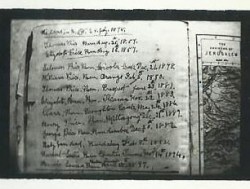 Back in the late 1970s I took photos of the various pages. It was in extremely fragile condition then and to help preserve it for future generations my cousin had a special box made. My regret is that back then I was not a very good photographer and some of my images are not all that clear. I still have the negatives so perhaps I should try and scan them and then enhance the images using more modern technology. Somehow I am reluctant to disturb the bible from its secure storage but 2018 will mark the 140th anniversary of its (and my great grandparents) arrival in Australia. My mother is their last surviving grandchild. Maybe we should start thinking about some sort of celebration?
Back in the late 1970s I took photos of the various pages. It was in extremely fragile condition then and to help preserve it for future generations my cousin had a special box made. My regret is that back then I was not a very good photographer and some of my images are not all that clear. I still have the negatives so perhaps I should try and scan them and then enhance the images using more modern technology. Somehow I am reluctant to disturb the bible from its secure storage but 2018 will mark the 140th anniversary of its (and my great grandparents) arrival in Australia. My mother is their last surviving grandchild. Maybe we should start thinking about some sort of celebration?
Family bibles can be useful resources for family history and they can connect us through the generations. If you are lucky enough to have one in the family records, why not think about why and how it has come to be in the family and are there plans in place to ensure that it continues to be handed down the generations still to come.
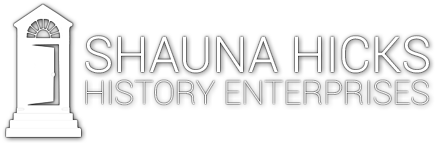
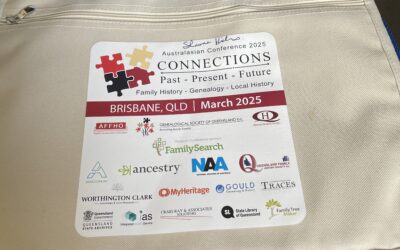
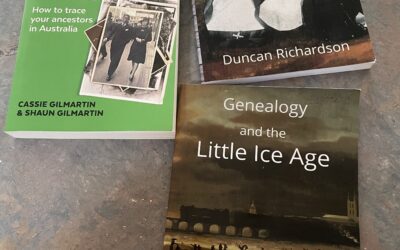
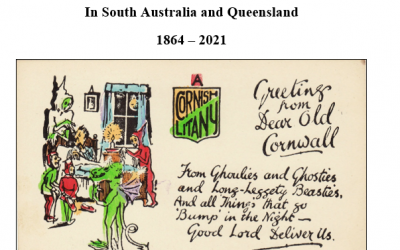

0 Comments